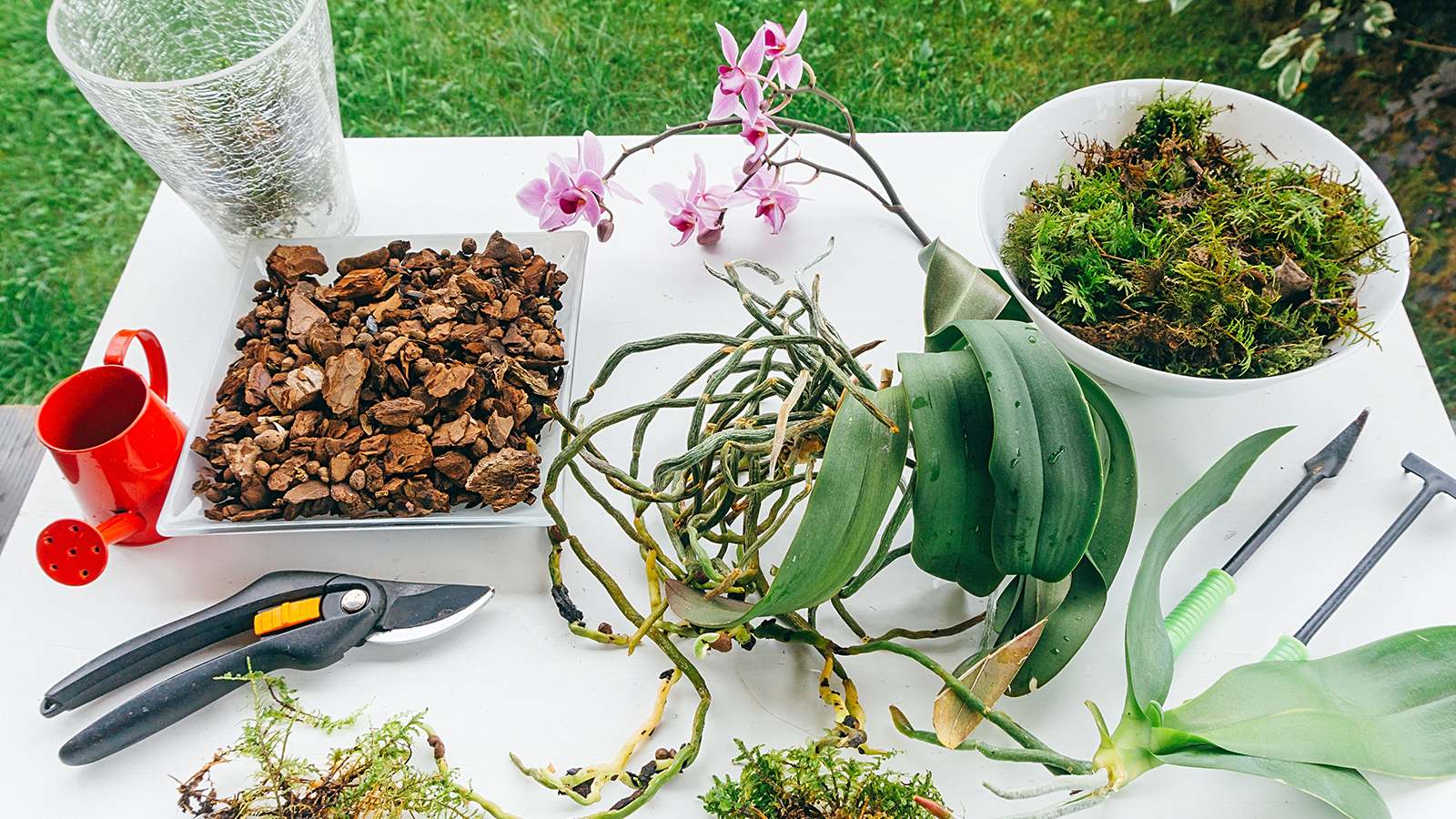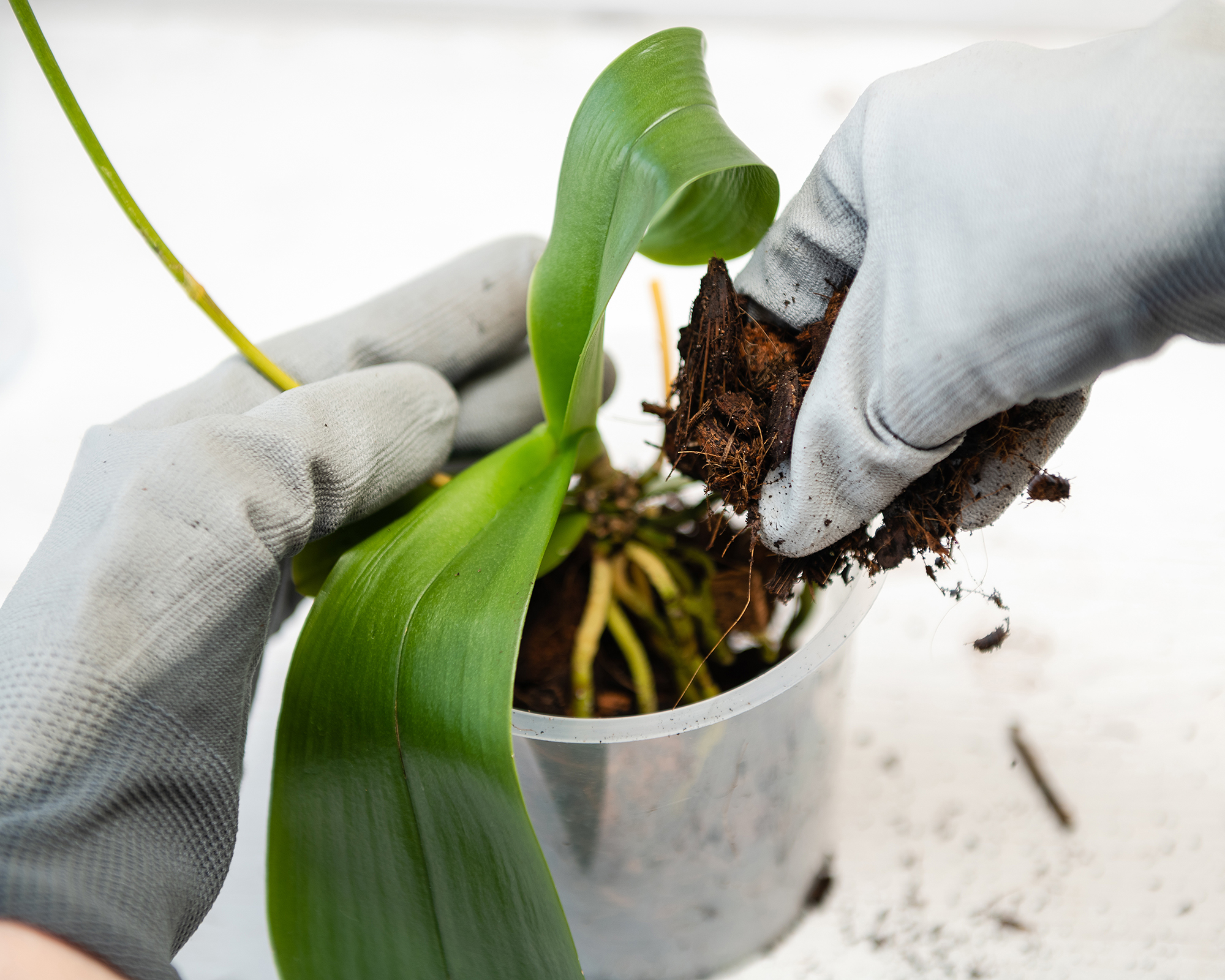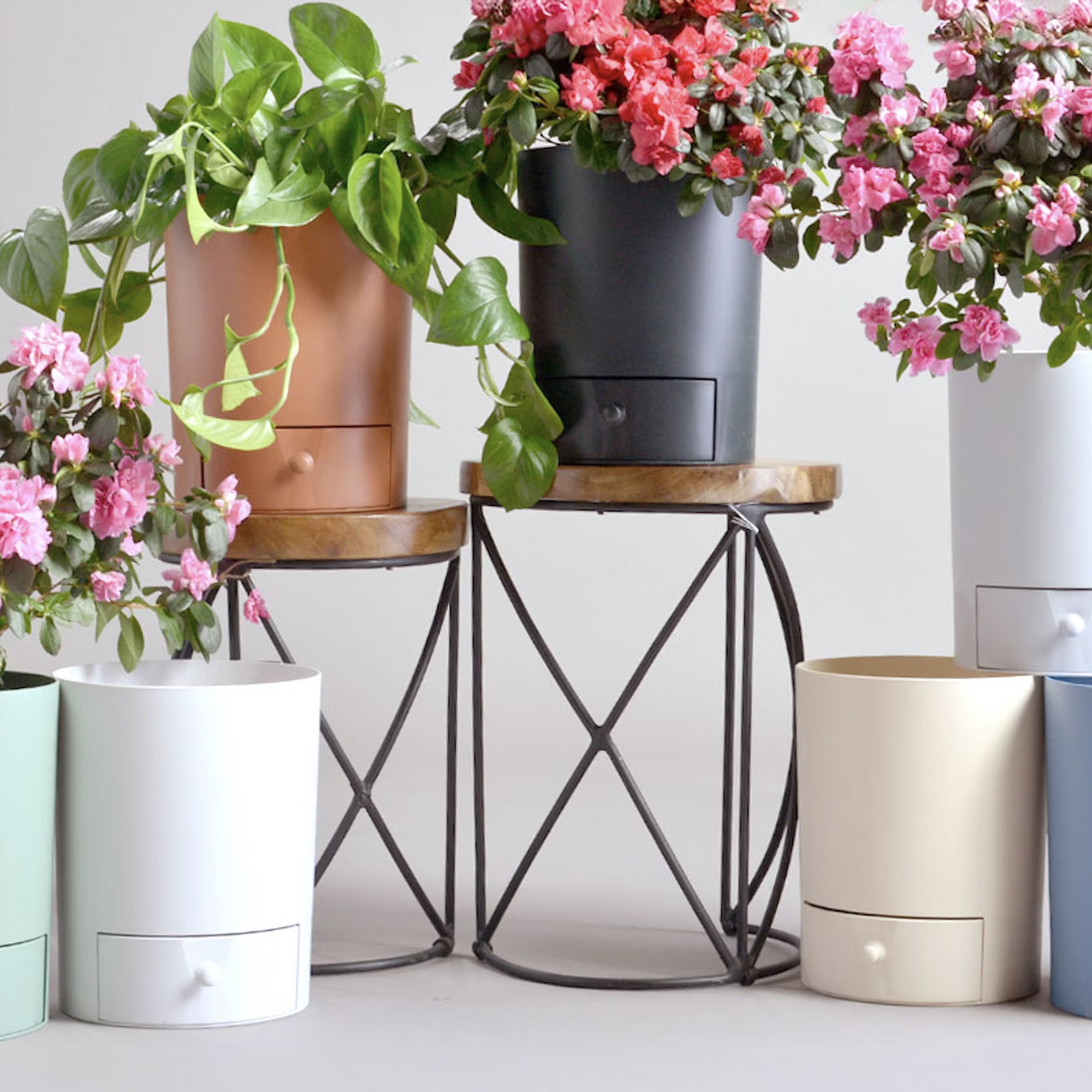My DIY Orchid Potting Mix Boosts Blooms & Saves Money – Here's The Easy Recipe That Can Be Tailored To Any Species
Forget overpriced store mixes – this DIY orchid potting medium improves drainage, supports strong roots, and encourages maximum flowering.


Orchids are beautiful houseplants with long-lasting flowers, but they will only bloom if their growing needs are met. Key to this is choosing the best orchid potting mix recipe for your variety. All plants need the right foundation to flourish, and orchids are particularly fussy about their growing medium.
While you can buy a bag of pre-made orchid potting medium from the store, this is not always the best option. Commercial potting mixes can be costly, yet often contain poor-grade bark or inexpensive fillers, such as regular potting soil. They are also generic and tend to be tailored to types of orchids with thicker roots, like the ubiquitous Phalaenopsis, which prefers a chunky bark, while varieties with finer roots, like Oncidium and Miltonia, perform best with finer components. For these reasons, I always like to make my own bespoke mix.
If you are repotting orchids of different varieties at the same time, or just have several to do once, then you will save money by making your own DIY blend and can better control the quality. Once you have the right orchid potting mix recipe, then, as long as you follow a few simple orchid care guidelines, everything else will fall into place and those gorgeous blooms are sure to follow.
Why Orchids Have Special Potting Mix Needs
Most orchids do not grow in the ground – but on trees. Known as epiphytic orchids, they share similarities to air plants as they absorb moisture and nutrients from their surrounding environment. This unique type of growth means that, when grown as houseplants, orchids need a special type of potting mix.
Because they don’t grow in soil, orchids need a light mix that allows plenty of air to circulate around the roots. Soil and other standard potting mixes are too heavy, too dense, and retain too much water to keep orchids healthy. The best mix for orchids provides air flow and allows water to drain very well, but still retains some moisture.
Some orchids do grow in the ground, though they are less commonly kept as houseplants. Known as terrestrial orchids, they have their own potting preferences, requiring a medium that is finer and loamier, but still well-draining with some moisture retention.
Ingredients for Orchid Potting Mix
If you can’t grow an orchid in soil, what do you grow it in? If you look at commercial orchid potting mixes, you’ll see a range of materials. Orchids grow best in a mix of materials that allow for air flow and that do not retain too much moisture:
Sign up for the Gardening Know How newsletter today and receive a free copy of our e-book "How to Grow Delicious Tomatoes".
- Bark is one of the most common potting ingredients for orchids – usually fir bark, as it lasts a long time, is porous, and drains very well. It also creates a slightly acidic environment as it breaks down, which orchids prefer. Pinus radiata bark is an increasingly popular option amongst orchid aficionados as it lasts for several years.
- Coconut fiber or coir creates space for airflow but also retains some moisture.
- Cork chips or shredded cork last a long time and drain water very well. They do not absorb or retain any water.
- Clay pellets help prevent compaction in a mix, aiding airflow and drainage.
- Pumice is a natural volcanic rock that provides similar properties to clay pellets.
- Horticultural charcoal is good for airflow and drainage. It also filters out impurities naturally.
- Peat can be added to mixes for orchid types that prefer a little more water retention.
- Sphagnum moss is good for retaining some moisture without ever getting soggy.
- Perlite is common in all types of quality potting mixes. It is made from volcanic glass exposed to high heat. It provides both aeration and water retention.
- Vermiculite is also very common in commercial potting mixes. It is a natural mineral that retains water and nutrients while also lightening soil and improving drainage.

DIY Orchid Potting Mix Recipes
When I make potting mix for my orchids, I generally use bark as a base, then tailor the mix to the orchid type. A good basic recipe includes two components in a specific ratio to balance air flow and moisture:
- Five parts ingredients for air flow, like fir bark, cork, or clay pellets.
- One part ingredients for moisture retention, like perlite, peat, or sphagnum moss.
Each part of this basic recipe can be made of just one ingredient or a mix of a few. For example, sphagnum moss is great for retaining moisture but can also absorb salts. You might consider mixing it with vermiculite to reduce this property.
You can also vary the recipe to meet the specific needs of different types of orchids. Here are some examples:
- Phalaenopsis
Also known as the moth orchid, this is a very common orchid grown as a houseplant. It grows best when retaining more moisture in the mix than other types of orchids. Use four parts air flow ingredients and two parts moisture retention ingredients. - Orchids with Finer Roots
Orchids with finer roots, such as Dendrobium, Oncidium, and Miltonia, benefit from a mix with smaller components. A good mix to use is four parts finely shredded bark to one part fine charcoal and one part perlite. - Jewel Orchids
Jewel orchids are becoming more popular and easier to find. They differ from the more common orchid houseplants in that they are not epiphytes. They actually grow in soil but still need very good drainage. A good recipe for jewel orchids is five parts peat moss to four parts pumice or perlite and one part charcoal.
Storing Potting Mix
You can make more potting mix than you need and save the extra for repotting new or growing orchids later. If you plan to store it, be sure the mix is completely dry first. Store it in a container with a small opening that allows for air flow and keep it in a cool, dry location. When you’re ready to use the mix, rehydrate it with water.
Mistakes to Avoid with Orchid Potting Mix
The biggest possible mistake you can make when potting an orchid is using soil or even standard soilless potting mix. Orchids grown in soil don’t get enough drainage or air circulation. The roots will get waterlogged and can rot and suffocate. Also, orchid roots draw nutrients from the moisture in the air, so they will not be able to pick up nutrients from soil.

Mary Ellen Ellis has been gardening for over 20 years. With degrees in Chemistry and Biology, Mary Ellen's specialties are flowers, native plants, and herbs.
